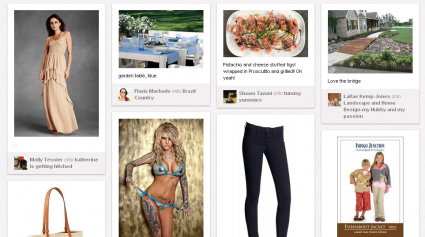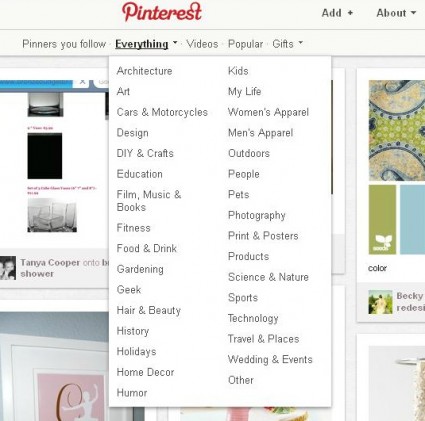Has Pinterest Killed Tumblr?
That’s a question that some may be asking now that so many of the “social media experts” seem to care about Pinterest and are providing lots of hype.
But the answer to that question, in my opinion, is no, Pinterest has not killed Tumblr.
The two are similar in a couple ways, but they also have distinct points of differentiation as well. Here are a couple quick examples:
- Tumblr is a blogging platform that has become widely known for photo blogging, but at the same time, you can still write traditional text based posts. That’s something you can’t do on Pinterest.
- While it might be called something different on each platform, they both allow users to easily like, comment and share content with their followers.
And if you’re thinking, “What in the world is Pinterest,” here’s an explanation from their homepage,
“Pinterest is an online pinboard. Organize and share things you love.”
That might seem like an insanely simple explanation, but an online pinboard is exactly what the site is.
Do You Need Pinterest?
The more pertinent question of this post might be, “Do I need to be on Pinterest.”
From a personal standpoint, sure, go ahead. Post photos until your heart is content.

From a business standpoint, that’s going to need a little more thought. After using Pinterest for a few months it seems like most of the content is based around fashion, food and interior design. In fact, I post a number of photos from my fashion blog to the site on a weekly basis.
If you’re business doesn’t fall under one of those categories, you really need to ask yourself how much visual content you have to share, or better yet, what kind of visual content you can create.
If you’re coming up empty to either question, it’s highly likely that Pinterest isn’t a great space for you.
On the other hand, if you have an occasional visual as well as written content, you might consider using/stick with Tumblr, or simply starting a traditional WordPress blog.

And before someone corrects me, yes there are more categories on Pintersts (see image above – click to enlarge) than the ones I listed above. The ones mentioned are what most of the content seems to center around.